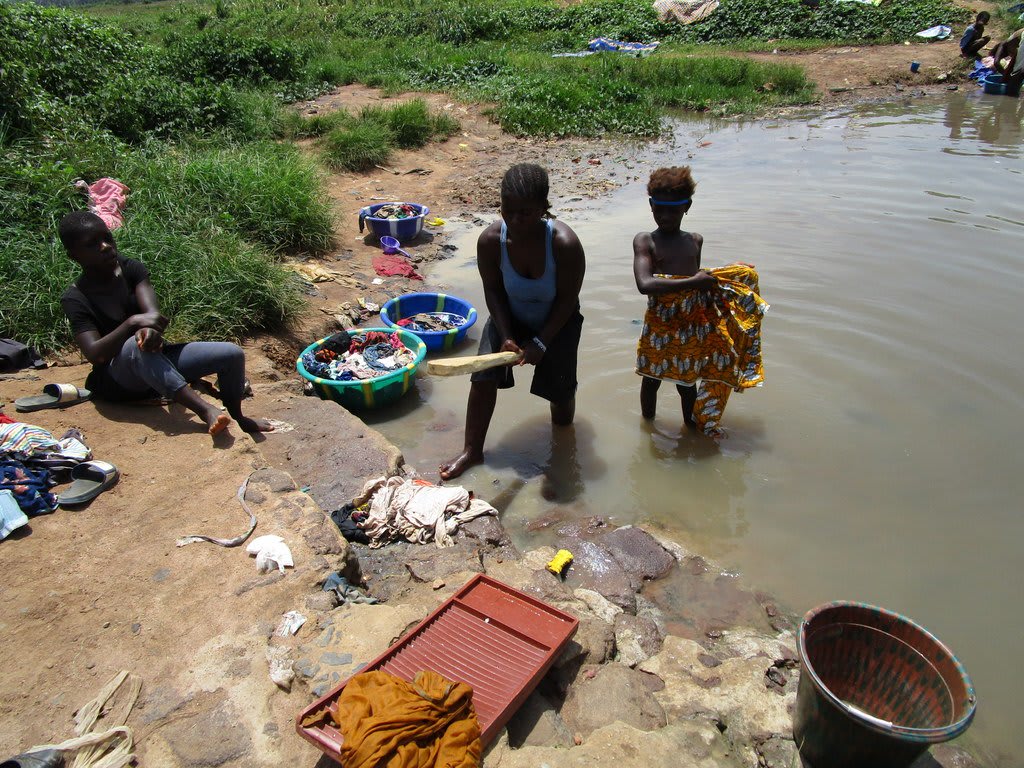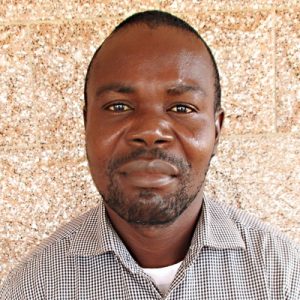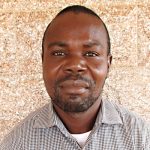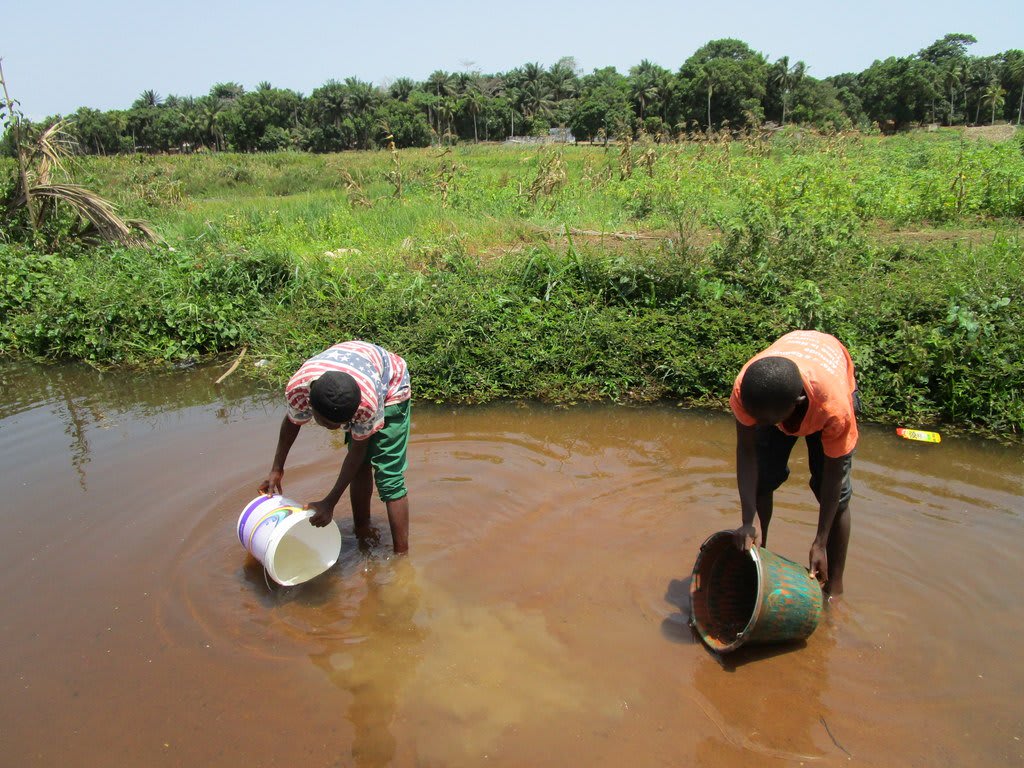The well that the more than 400 people here use for water stops working during the dry season. The water table in this part on the country is far below depths that private contractors can reach. So, most of their products run dry in the dry season.
There is another borehole in this community but it is virtually useless. The community said this well was only functioning for one month and then stopped. It broke down because it has a cheaply made pump on it. It basically doesn't work and the person who drilled the well didn't drill it to a good depth, so it has been rendered useless by the community.

A third private well in the community is still under construction after more than three years since the project started. It doesn't even produce water. Packaged water is an option, but the source of the water is unclear and it is often too costly for people to afford.
As a result, people turn to the nearby swamp to meet their water needs at various points during the year.
"Having clean water in the system is good for everyone’s health," said Emilia Johnson to us during a visit to the well.
"If I want to drink water and the well is dry, I may be tempted to fill the gap with dirty water from the swamp. That is where cholera and diarrhea quietly creep in."
It is gross to think of drinking water from the swamp. This swamp is not protected and is exposed to all sorts of contaminants.
It is in the open and therefore prone to pollution. To start with, the heaviest contaminant is human activity. Humans use this source to bathe and to launder. During these activities, the contaminated wastewater drains back into the source.

In addition, farmers will fill their watering cans without care for their condition. And then there is the fact that kids openly defecate in it. Whenever it rains, all dirt in the community ends up in the water, bringing more contaminants to it.
All of these activities and occurrences destroy this source’s water quality. Therefore, the water from this source is not good for drinking.
The good news is that we have the ability to reach much lower depths so that wells will consistently provide water - even through the dry season. So we are going to do that for the well that is most-used by people here.
Suctarr Community hosts some of the government’s important institutions like the quarters for government workers, the government hospital, and a whole military garrison. So, it has some urban features. But Khalil Lane is on the outskirts with lots of vegetation. This part of Suctarr is mostly peaceful, especially when the kids go to school. The buildings located on the main road are mostly concrete.

Livelihoods here are supported by various activities. People farm, trade, engage in vocational trades, and a few people are employed teachers, some are also airport workers and hospital staff However, most people make a living as petty traders or farmers.
Here’s what we’re going to do about it:
Hygiene and Sanitation Training
There will be hygiene and sanitation training sessions offered for three days in a row.
No handwashing stations were observed here. After our visit, the hygiene and sanitation trainer decided it would be best to teach community members how to build a tippy tap (a handwashing station built with a jerrycan, string, and sticks). They will use these tippy taps for handwashing demonstrations, and will also teach about other tools like dish racks and the importance of properly penning in animals.
These trainings will also strengthen the water user committee that manages and maintains this well. They enforce proper behavior and report to us whenever they need our help solving a serious problem, like a pump breakdown.
Well Rehabilitation
The well marked for this overhaul is dry for four months every year and needs major work to supply adequate, clean water to the community year round. The pump will be removed, and a hand auger will be lowered inside and powered by a drill team. This hand auger will allow the team to drill several meters deeper to hit a sufficient water column that will ensure the well supplies water throughout all seasons.
As the team drills, casing will be installed, transforming the bottom of this hand-dug well into a borehole. PVC piping will connect this lower system directly to the pump, a construction that we know will also improve the quality of water.
Once this plan is implemented, everyone within the community will have access to safe drinking water in both quality and quantity, even through the dry months.

 Borehole Well and Hand Pump
Borehole Well and Hand Pump

































